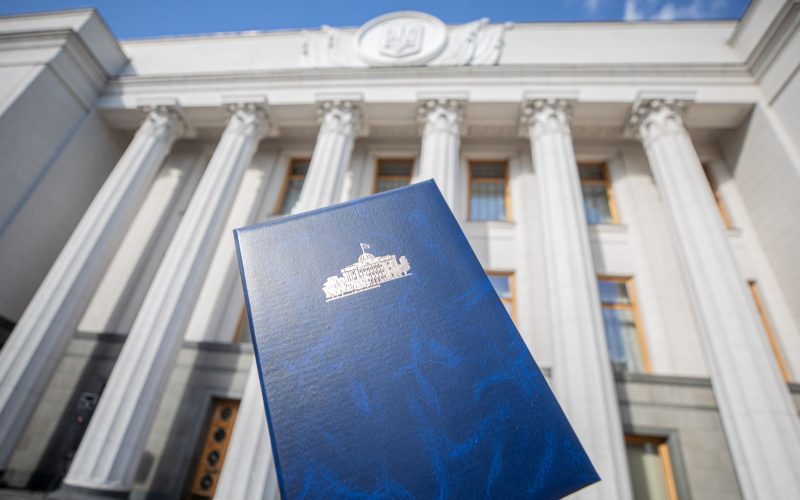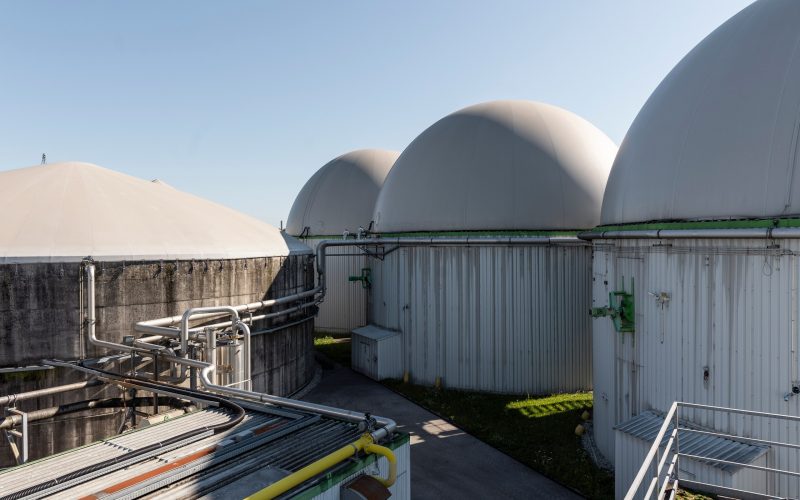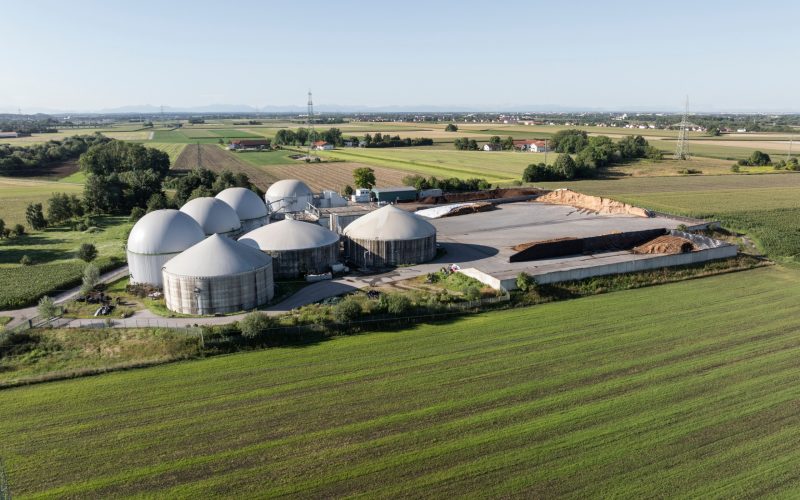Vectors of economic development until 2030: energy – UABIO analysis
A very important strategic document “Vectors of economic development until 2030” was presented by the Government on November, 6 together with the Economic Audit of the country. These two documents will form the basis for the development of the “National Economic Strategy 2030”.
UABIO team, in particular our expert Tetyana Zhelezna, got acquainted with the proposed priority steps in the area of “Energy“.
In general, we support this document and offer a brief analysis of the section “Energy”:
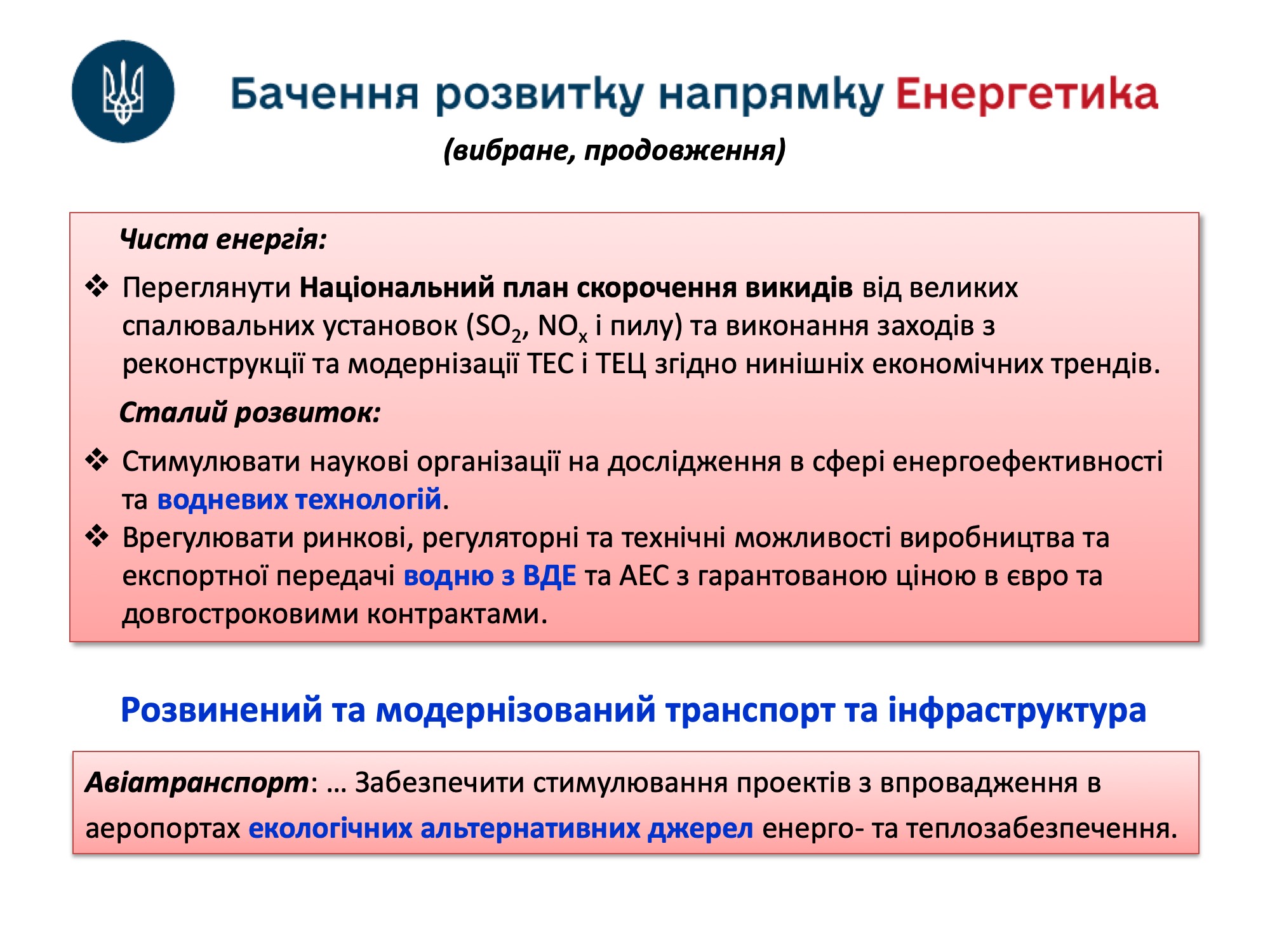
The most important areas of activity:
- Reduce the carbon footprint of the fuel and energy complex.
- Attract $ 10 billion in renewable energy investments.
- Reduce the share of coal generation.
- Ensure an increase of the biomass share in thermal energy production up to 30%.
According to the data for 2018, the share of biomass in thermal energy production is about 7%, and in 2020 this figure may increase up to 10%. We consider the 30% planned by the Government in 2030 to be a rather ambitious goal, which corresponds to the tripling of the forecast figures of 2020 and is well in line with the sector development plans set out in the Concept for Implementation of State Policy in Heat Supply – 30% of heat from alternative energy sources in 2025, 40% – in 2035.
- To reach the share of generation from renewable energy sources in total electricity production at the level of 25%.
According to the data for 2018, the share of biomass in electricity production is about 9%, and in 2020 this figure may increase up to 11%. The 25% planned by the Government for 2030 corresponds more than doubling from the level of 2020.
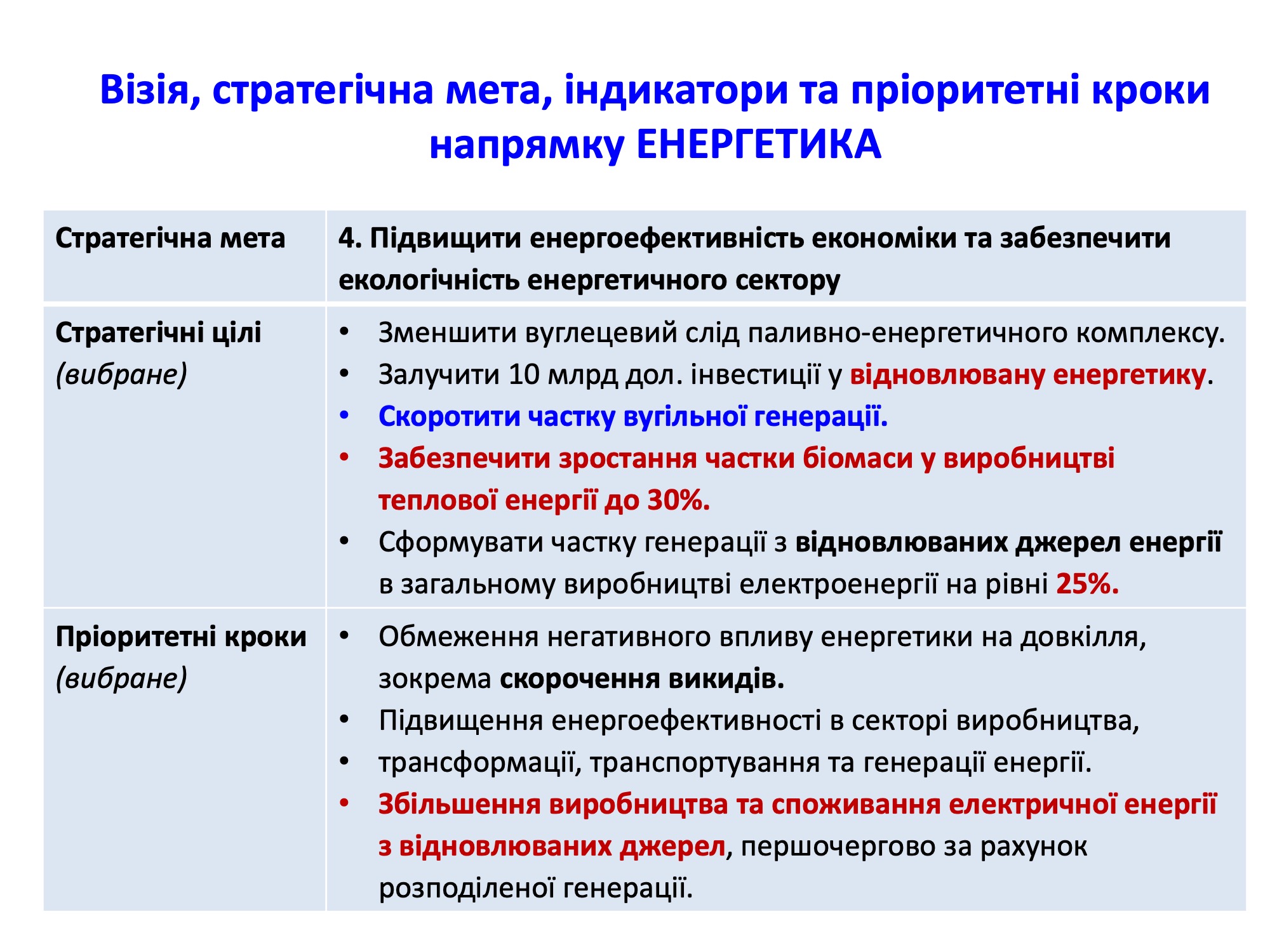
UABIO comments and suggestions to the section “Energy”
- In the figure showing the Structure of the Energy direction (p. 175 of the Vectors of economic development until 2030), biomass is erroneously classified as non-renewable fuel and energy resources. It is necessary to correct this mistake and transfer biomass to the section of renewable natural resources, which currently includes water, sun, wind. This is in line with the provisions of the Law of Ukraine “On Alternative Energy Sources”.
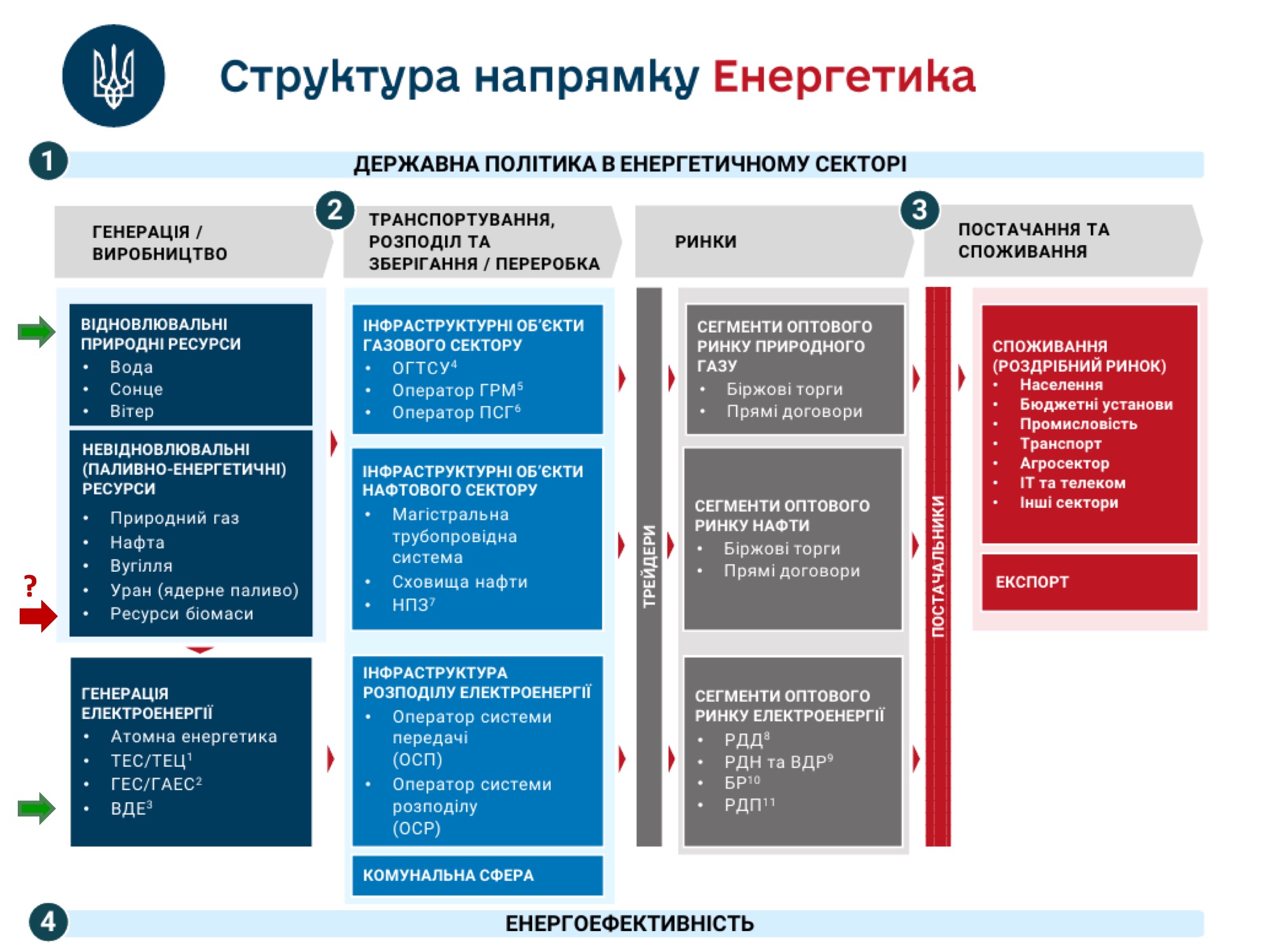
- We consider it expedient to expand/detail the information of the document related to bioenergy, because currently in the Vectors of Economic Development until 2030 the term “biomass” occurs only 2 times, and biogas and biomethane are not mentioned at all.
- It is necessary to add a target for the use of RES in transport. The document currently has similar targets for the heat and electricity sectors, which should be complemented by a target for the transport sector.
- In general, we support the development of hydrogen production using “green” electricity, but we consider the development of biomethane and other renewable gases to be no less important.
- There are terminological errors in the document that need to be corrected.
